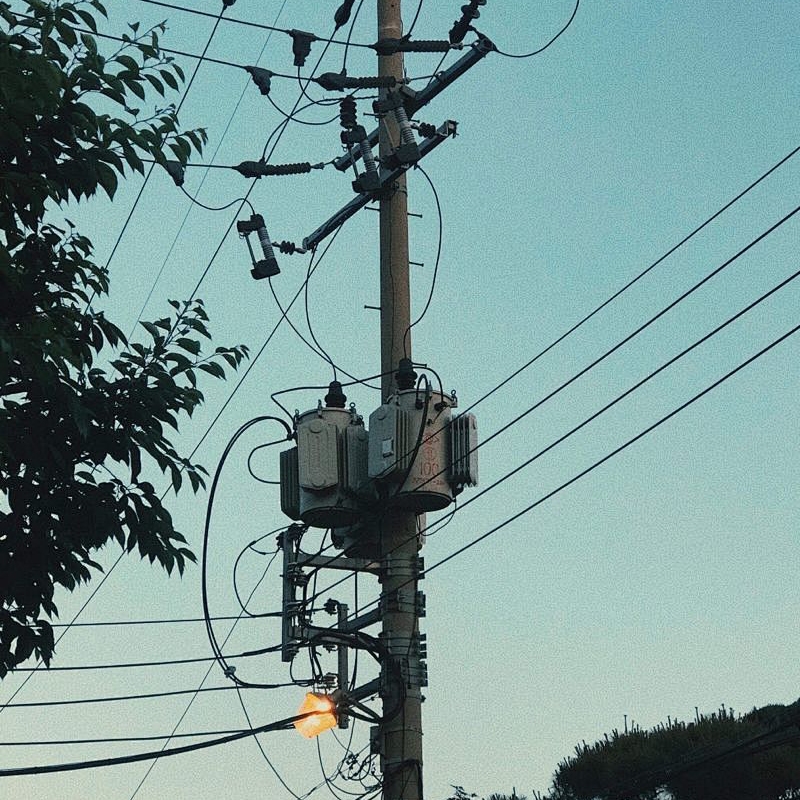Power supply design core: transformer application principle and practical skills!
Isolation transformers are used to transfer power from AC power to a specific device. Here, the power supply device is separated from the power supply, while taking into account safety measures. In addition, it can also block capacitance, so that the primary winding and the secondary winding linkage. The transformer basically increases the energy voltage level from one winding to the other by sensing electrical energy from one winding to the other. Isolation transformers promote current isolation, prevent power transmission between circuits and suppress electrical noise. Isolation transformers are designed to resist interference from the ground loop and to reduce capacitive coupling of the windings. Transformers use unconnected spool in the coil windings. In all cases, they are protected by electrostatic shielding, which sits between the windings and is used to power sensitive equipment such as laboratory equipment, computers, and other electronic devices.
(1) Voltage change and voltage adjustment: The main function of the transformer is to convert the AC voltage from one level to another through electromagnetic induction. They can convert high voltage to low voltage, or low voltage to high voltage to adapt to the needs of different devices. For example, 220V mains power is converted to low voltages such as 12V and 24V suitable for electronic equipment.
(2) Electrical isolation: The transformer provides electrical isolation in the circuit, ensuring that there is no direct current path between the primary winding and the secondary winding. This isolation helps protect people and equipment against dangerous situations such as electric shocks and short circuits.
(3) Safety: By providing electrical isolation, the transformer reduces the risk of electric shock. Especially in Power Transformers, they are designed to ensure the safe isolation of people from equipment, avoiding direct contact with high-voltage power sources. For example, in Marine power systems, transformers can isolate power lines and electrical equipment, thereby increasing safety.
(4) Noise suppression: The transformer can also reduce noise and other unwanted sound interference in the circuit. They prevent the audio amplifier signal from being connected directly to the speaker output, thereby reducing noise problems due to direct signal coupling.
(5) Signal isolation and DC isolation: In some applications, transformers are used to isolate DC power supplies to prevent DC components from affecting signal transmission. For example, in telephone lines, transformers are often used to isolate DC power and signals, ensuring clear and stable signal transmission, while protecting devices such as amplifiers from DC current interference.




